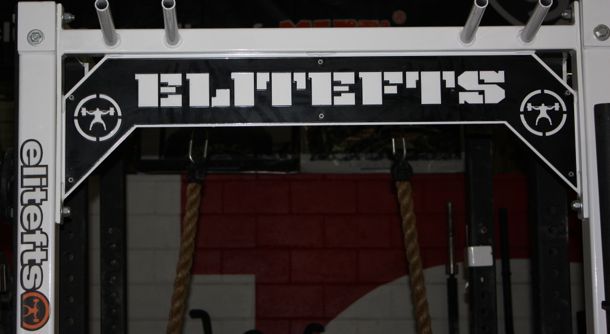
Jon Mike tagged me in a Facebook Post and I wanted to share it here to elicit more dialogue on the topic. read more from Jon Mike here and Listen to our podcast episode here.
Jon Mike on Training Technique:
I've had a few clients bring up the topic of Training Technique recently and so it warrants some thoughts:
For novice and intermediate lifters, and even advanced and elite lifters, technique is extremely important no matter what stage of training you are in. Although it’s important at all stages of training, it becomes more important as the lifter becomes stronger. Better technique will enhance strength and increases in strength should improve technical proficiency. Increases in strength for relative and absolute strength will facilitate improvements in technique including posture, motor patterning, neuromuscular efficiency etc.
Further, there are many who constantly worry about technique, and form. Technique is relative to the person considering differences in biomechanics, limb proportions, force arms (level arms) and genetics, and what feels most comfortable to them. However, there are certain rules to follow in accordance with certain lifts. For example, when deadlifting, it’s usually hip hinge pattern, take the slack out of the bar, stay tight, big air at the top (or bottom); just to name a few. Assistance exercises usually don’t involve as many technical details. However, many underestimate technical proficiency with the smaller, assistance exercises and therefore the potential for injury increases. It’s normal for many lifters (especially beginners and those training for the first 3-5 years) to want to constantly alter their technique because their “buddy” said do it “this way”, It takes many years to find “your” pattern of technical proficiency. Having kinesthetic awareness during training is often overlooked but it is always Mastered by those who are the strongest, and have been in the game for 15-20+ years.
Technique can often change as you get stronger because weak points become more apparent, and training smarter, and using other training techniques (i.e. bands, chains, KB’s, speed work, specialty bars, and exercise variations) is something that definitely needs to be considered (and should be used) for continued progress throughout the year. Technique may also change as one adds body mass, considering it may alter your loading pattern, bar placement, foot placement, hand placement, and mobility (which is usually required for certain many lifts, making the setup easier and making the execution of the lift more efficient).
Establishing technique early on will create good technical habits as you get stronger but this can (for some people) be a psychological hindrance to their training by thinking everything has to be “perfect”. This “perfection” of technique does not really exist and is relative to the person and can change immensely as the weights increase in proportion. Technique with Heavy max work does not have the same credence as lighter weights, and should not be expected every time, but should stay consistent and as controlled as possible. However, the old say of treating light weights heavy and heavy weights as light is always a good mantra to have.









